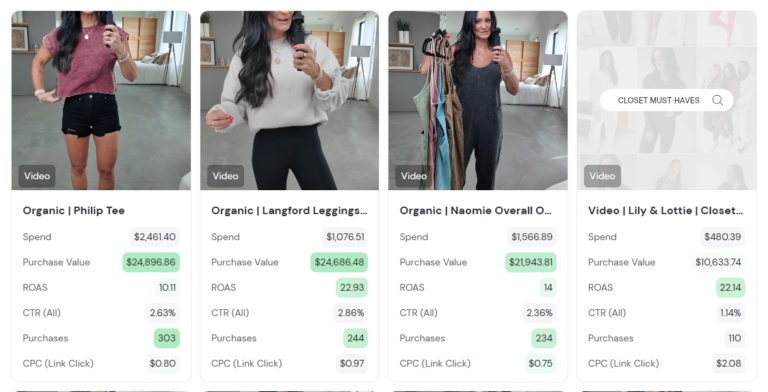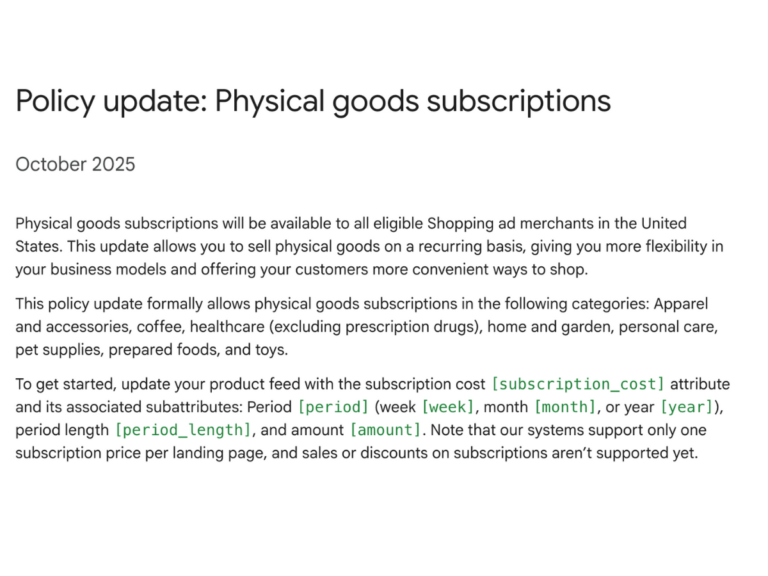A change quietly surfaced inside Google Ads: some advertisers are now able to add more than 5,000 negative keywords to a campaign-level negative keyword list, despite Google’s official cap being 5,000. Whether this is a bug or a silent policy change, the upshot is big for anyone managing large accounts. Negative keywords = control over wasted spend. If you can expand that limit, you unlock tighter targeting and fewer wasted clicks.
What’s Happening
Here’s how the situation breaks down:
- Google’s published limit for negative keywords on a campaign-level list is 5,000.
- Google has not yet confirmed whether this is an intentional policy change, a rollout, or simply a temporary glitch.
- In parallel, businesses have long requested and needed larger negative lists, especially in campaign types that generate lots of irrelevant queries. This possible change lines up with that need.
Why It Matters
For large or complex accounts, especially those with broad match, Smart Bidding, or mixed campaign types, negative keywords are essential for keeping efficiency up and wasted spend down. If the 5,000‑limit is lifted or increased, it gives us more breathing room to exclude irrelevancies and refine targeting across campaigns.
Here’s what could shift if this change is real:
- Reduced wasted spend on irrelevant search terms, particularly for campaigns that scale broadly. Irrelevant clicks are expensive, and this helps block more of them.
- Better control over campaign overlap. Accounts with many campaigns often face redundant or poorly matching queries. More negatives means fewer wasted impressions/clicks from such overlap.
- Improved ROAS and efficiency in large accounts. With expanded negative keyword capacity, you can tighten what you exclude without worrying about hitting limits.
- More risk if assumed vs confirmed. If you build your strategy expecting the new limit, and it’s rolled back or locked to some accounts, you’ll need contingency. Right now, the change isn’t officially documented, so relying on it blindly can be dangerous.
This Follows Google’s Move to Expose Junk in Performance Max
If you’ve been paying attention, this isn’t the first time Google’s quietly shifted to give advertisers more control over garbage traffic.
Earlier this year, Google introduced better search term insights and campaign-level negative keyword support inside Performance Max. Once those tools rolled out, one thing became very clear:
Accounts were full of junk queries, terms that had nothing to do with the product, were low intent, or were flat-out irrelevant.
It was eye-opening. And a little frustrating.
But it was also a step in the right direction. And this negative keyword list limit increase? That’s more of the same. It looks like Google is finally acknowledging that their automation-first campaigns still need guardrails.
Here’s why it ties together:
- Performance Max now gives visibility into queries, but you need somewhere to exclude them. If you’re running a large account, 5,000 negatives was tight. Doubling that list limit gives you more room to block the trash.
- The junk terms haven’t stopped showing up , they’re just more visible now. Adding them to negatives is still your job. This gives you the toolset to do that without running into capacity walls.
- It’s a pattern: Google loosens restrictions, gives better insights, and then makes room for you to act on those insights. This change fits perfectly with the trajectory of Performance Max updates over the past 12 months.
If you’ve been waiting for a sign that it’s time to clean up your accounts and tighten your keyword controls, this is it. Whether it’s Performance Max, broad match, or DSA, the game is shifting from “let automation run” to “guide it with precision.”
More negative keyword space means fewer excuses. Clean up the junk.
What You Should Do Now
While Google hasn’t officially confirmed the change, you can get ahead of it. Here are smart moves:
- Test it carefully: Try adding negative keywords past the 5,000‑word limit in one campaign (where it looks possible) to see if it’s working consistent with your needs.
- Monitor performance before & after: Measure wasted spend, irrelevant queries, cost per conversion, CTR, etc. See if the incremental negatives deliver expected improvements.
- Plan your negative keyword strategy: If this becomes a formal change, have theme‑based negative lists ready, e.g. generic terms, mis‑spelled terms, irrelevant product variants, etc.
- Update reporting and benchmarks: If your past data was bound by the 5,000 cap, account for that when comparing results. You might suddenly see margin improvements or spend shifts simply from having more control.
- Watch for announcement / documentation change: Keep tabs on Google’s updates or help documentation. When they confirm, revise your setup accordingly.
Want help auditing your negative keyword strategy or setting up campaign‑level negatives that block waste and boost efficiency? Let’s set up a call and run diagnostics on your accounts. We’ll map out where your negative lists are falling short, test the expanded limit, and build you a cleaner, more efficient path for spend.






no replies